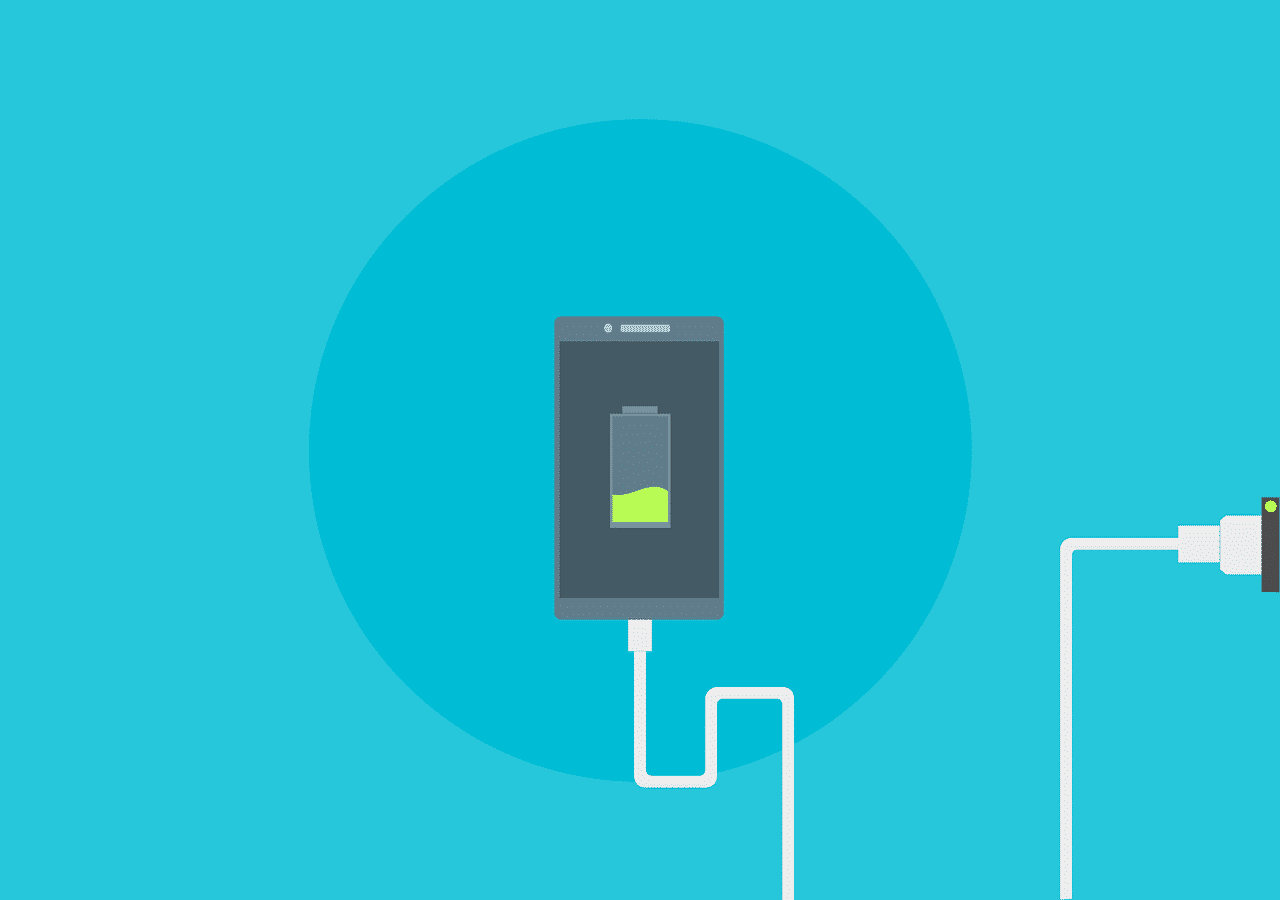A smartphone is a necessary item for almost everyone in the modern world, but sometimes we can forget how delicate these devices and their components are. An example of this is the battery, which although it is lithium-ion, needs certain care in order for the device to have greater durability.
Adhering to “healthy” habits when recharging your smartphone and other devices with a battery will ensure longer battery life, as well as more safety in everyday life by avoiding overheating incidents in chargers. Check out eight tips for recharging devices more efficiently.
Fake or poor quality chargers
It is essential to understand that each battery has its own ‘charge profile’, which is the amount of electrical current that can be injected over time in order for it to continue to function properly. Genuine chargers respect this profile, unlike fake chargers.
Read more: Forgot your cell phone charger? See how you save battery
Also, fake or inferior chargers may not have sensors that recognize that the device is fully charged, which leads to continuous charging, which can damage the battery and lead to unnecessary power drain.
Leaving it charging on unsuitable surfaces
When a cell phone is recharged, an energy exchange takes place that leads to a slight heating of the battery. This process is normal, but if the device is on a surface such as mattresses, clothes, or pillows, there may be heat dissipation issues affecting the health of the battery. The situation can be exacerbated if the charger is super fast.
Like a battery, a charger also gets hot and needs space to dissipate heat. Therefore, covering them in any way can become problematic. In extreme cases, there is the possibility of starting a fire.
high temperatures
You’ve noticed that heat is the enemy of charging, right? Assuming all is well – a mobile phone on a surface with room for heat dissipation and free of the charger – this wouldn’t be helpful if the environment was at high temperatures. This does not mean that in hot weather you cannot recharge your cell phone, but make sure that the location is ventilated and that there is no heat source nearby. Therefore, avoid recharging your smartphone near video games, computers and in drawers.
Use the device while charging
The device should not be used while charging as it also leads to overheating. This is because the charger needs to compensate for the load that is currently being used and send more power to the battery. Habit can affect the health of both the charger and the device.
Leave the charger plugged in after recharging
Newer chargers are smart enough to know when a smartphone is fully charged and cut off the power being transmitted. However, if the device is turned on, the battery will run low at some point, and the charger will recharge it at the same time. In the long run, this affects the health of the battery.
Leaving the charger already in the socket without the smartphone does not cause problems, except for a slight power consumption. However, there are risks of accidents with children and animals that may end up biting the cable.
using extensions or benjamins
The use of extension cords and extension cords is dangerous to any device connected to these outlets. These everyday solutions pose risks ranging from shock and overheating to fires caused by short circuits. Therefore, it is important to be aware of the use of these extensions.
Ignore signs of overheating
The user should be aware of charging their devices. If you notice that the charger is unusually hot or is emitting strange odors, unplug it immediately. Ignoring these signs can lead to permanent damage or even cause a fire. Replace the damaged charger as soon as possible.

“Incurable thinker. Food aficionado. Subtly charming alcohol scholar. Pop culture advocate.”



:strip_icc()/i.s3.glbimg.com/v1/AUTH_da025474c0c44edd99332dddb09cabe8/internal_photos/bs/2024/E/S/FOGJAKQHGcAXk5vTMaAQ/108984394-topshot-people-cast-their-in-person-early-ballot-for-the-2024-general-election-at-th.jpg)


More Stories
What ChatGPT knows about you is scary
The return of NFT? Champions Tactics is released by Ubisoft
What does Meta want from the “blue circle AI” in WhatsApp chats?